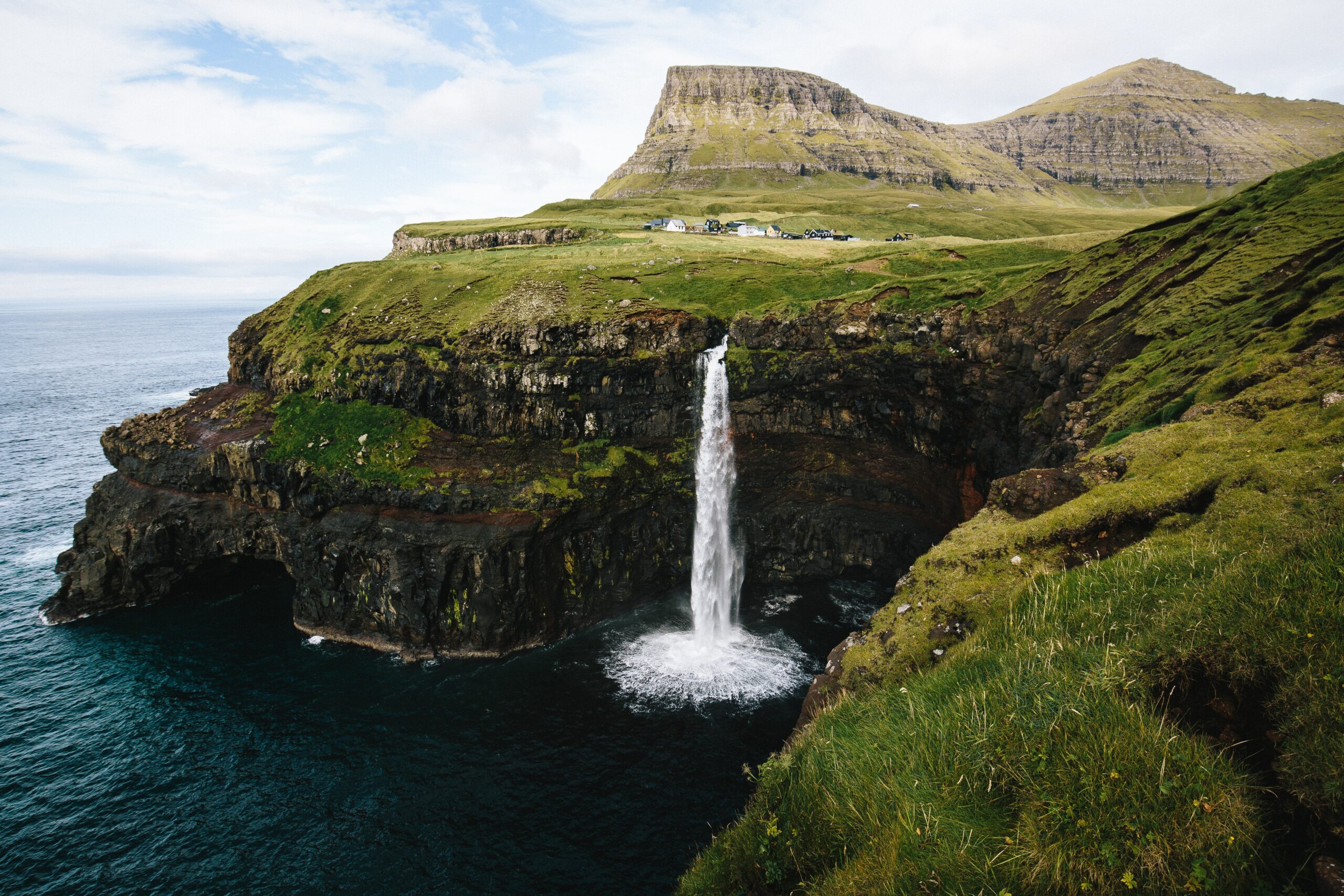What is a creative ecosystem?
When I talk about creative ecosystems what I mean is expanding your concept of creativity beyond the act of making. Every part of your lived experience makes up your creative ecosystem.
I developed this metaphor to help me build a healthier creative practice. Each element of a natural ecosystem (sun, water, air, etc.) is matched with a creative counterpart (body, mind, environment, and so on.)
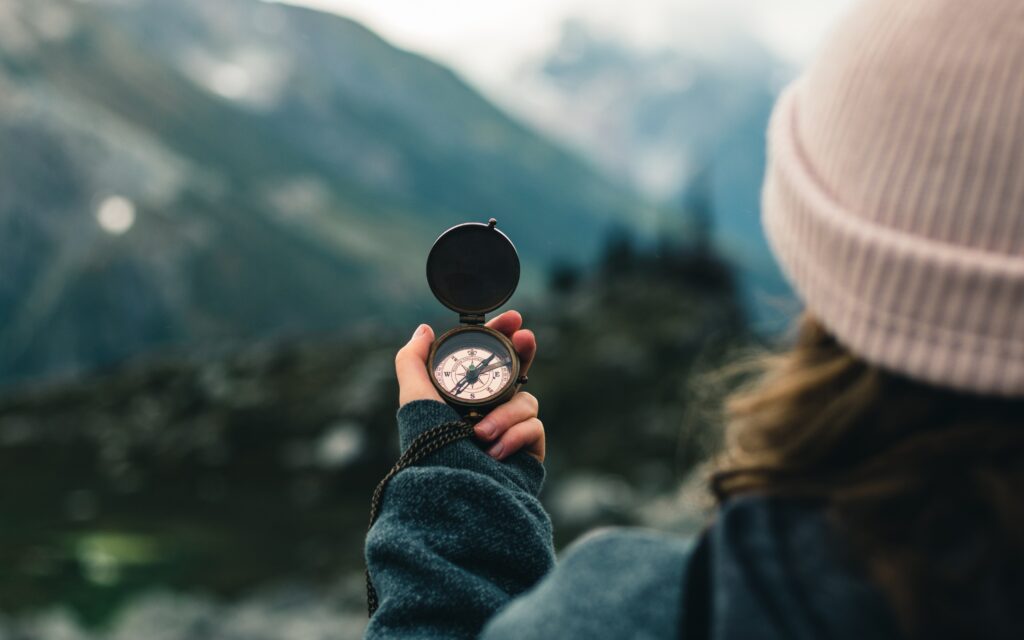
Once I began seeing creativity in this way I couldn’t unsee it.
I also noticed a holistic view of creativity was quite counter cultural.
It’s an alternative approach to these two common creative traps.
1. One Size Fits All Advice
Too many creative leaders are trying to pass on their specific creative process as if it will work for anyone.
Even my beloved Julia Cameron is guilty of this. The seeds of this idea were sown when I reread The Artist’s Way as a new mum. I knew creativity was an important part of my life and wanted guidance in how to maintain my creative life through new motherhood.
But suddenly, Julia’s advice no longer served me. I was exhausted. I didn’t have the capacity for daily journaling. And it wasn’t what I needed.
What I needed was a nap.
Reaching the end of my rope taught me that caring for my body and my mind is an essential part of the creative process.
I still don’t write or make something every day, and that’s okay. I’ve found a new rhythm that’s working for me. It’s fluid and adaptive and continues to develop over time.
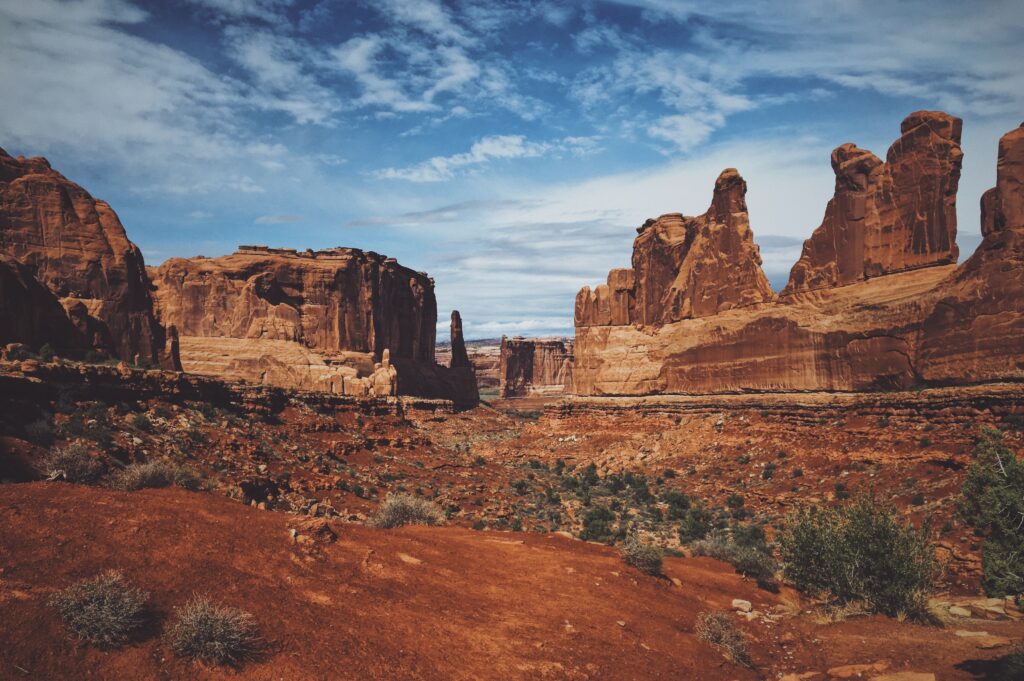
2. Hustle, Hustle, Burnout
For years I’ve been working under the hustle, hustle, burnout template. I would push myself past the edge of my capacity and then crash and burn.
I see a lot of my fellow artists doing the same thing.
There is a growing awareness that we need rest, but it’s often treated like one more thing to squeeze into your to-do list.
What we really need is to rebalance our entire creative process.
Here’s where your creative ecosystem comes in.
Consider the Big Picture
When you stop hyperfocusing on productivity and take a step back you can see that every bit of your life is interconnected. It all serves your creative process.
Instead of following a template created by someone else start paying attention to your own needs. Then, make little shifts that honor your own capacity.
Discover your unique balance of structure and freedom, input and output, solitude and community, and more. Dig into your purpose and why you’re creating. Create rituals for rest and reflection.
When I saw there was more to art than simply making my own creative ecosystem began to thrive.
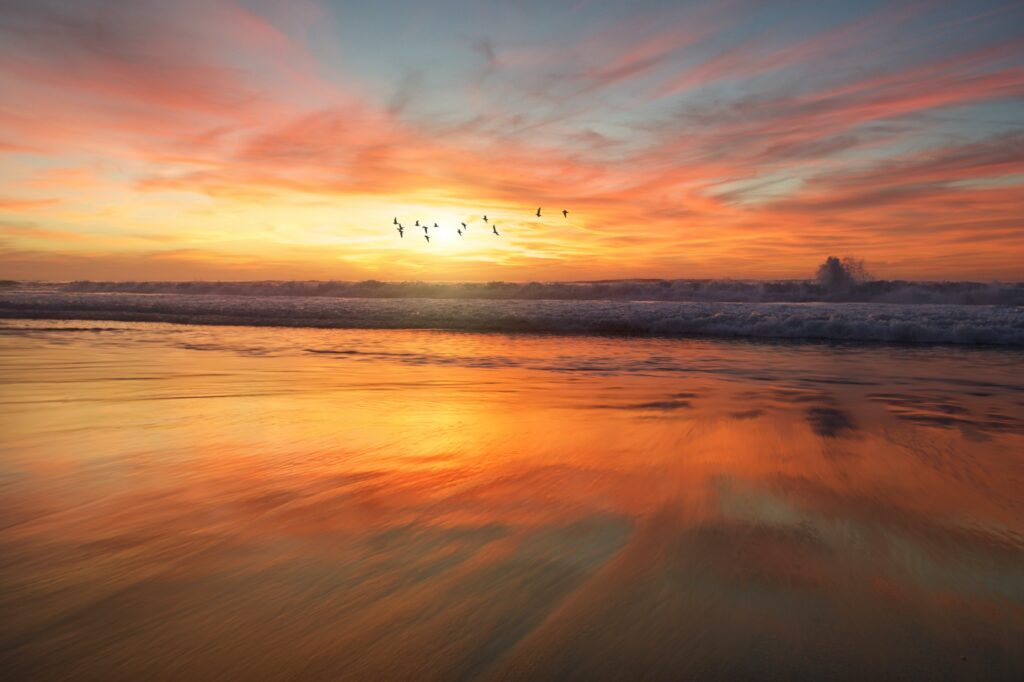
I can’t make a fun quiz to determine if your ecosystem is a forest or a canyon.
Only you can decide that.
But I have spent two years writing a book to help you start the journey.
Breaking down your creative ecosystem and exploring it one step at a time.
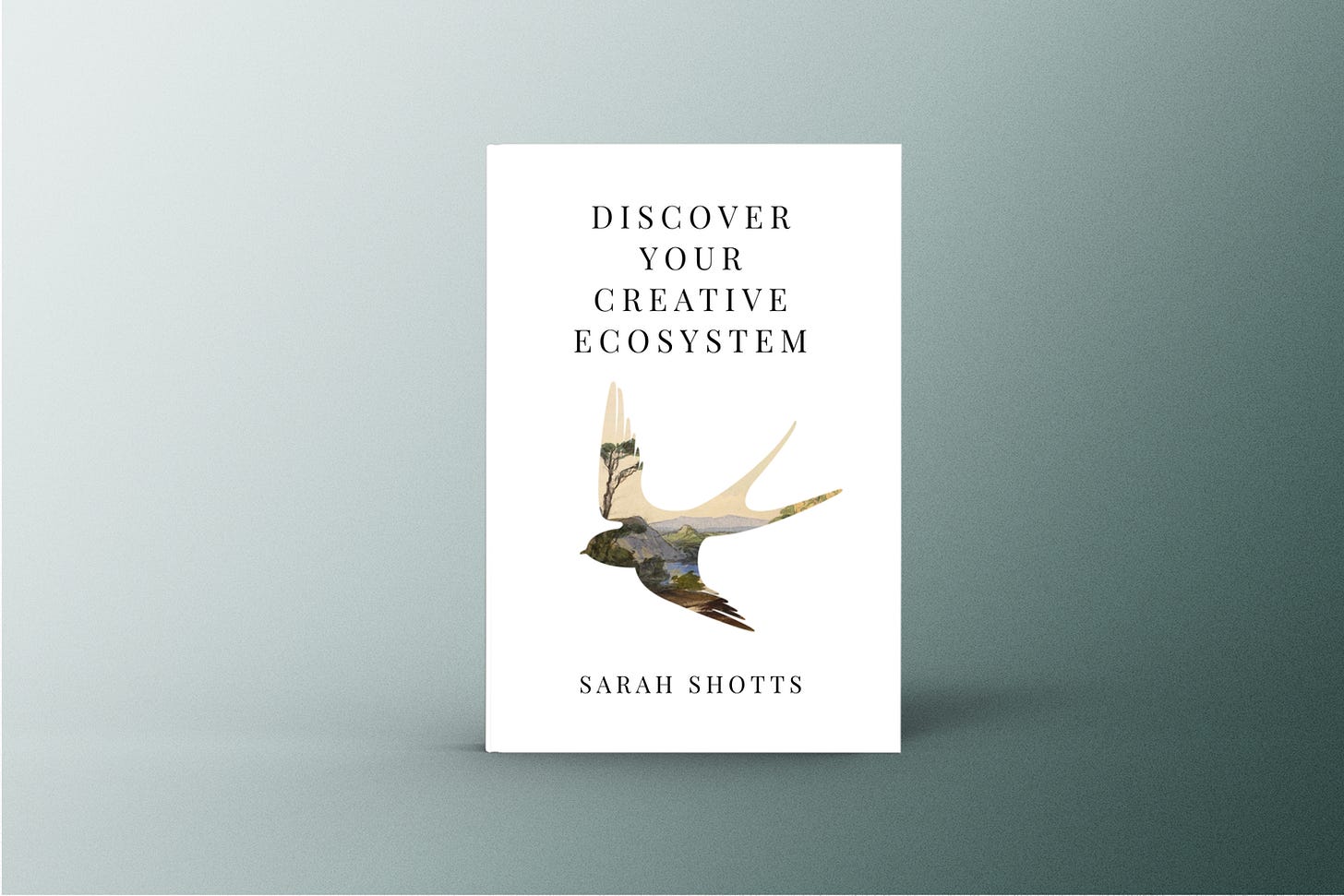
Discover Your Creative Ecosystem is a short read full of inspiring images and prompts to reflect on your personal creative practice. It’s available in hardcover, ebook, and audiobook. There’s also a fully illustrated companion for journaling or multimedia collage.

